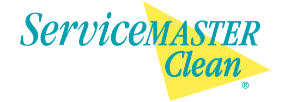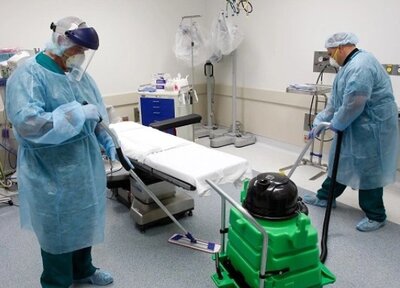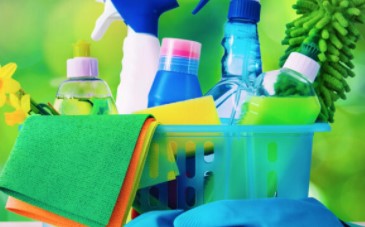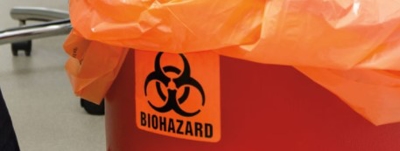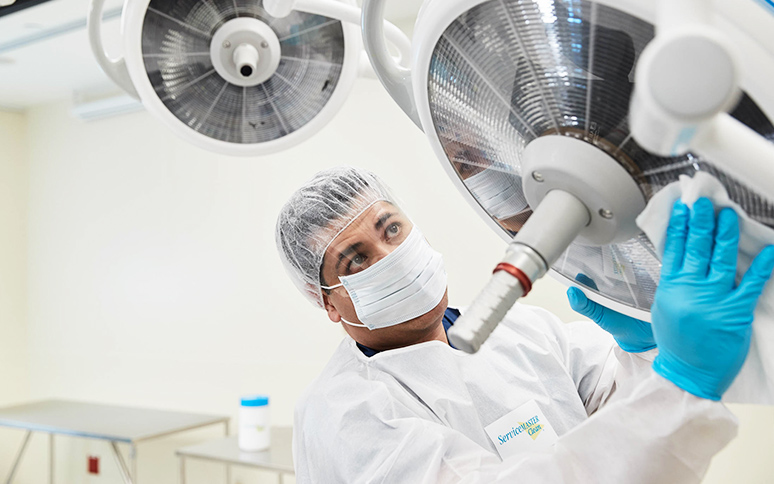Healthcare Providers Guidelines to Hand Hygiene
According to the Centers for Disease Control and Prevention (CDC), practicing good hand hygiene can effectively prevent the spread of germs and infections, including those that are resistant to antibiotics, also referred to as multi-drug resistant organisms (MDROs). That's why washing your hands frequently is critical, especially in healthcare settings. Discover the importance of handwashing in healthcare, plus tips on how to institute the best hand hygiene practices in your facility, with tips from ServiceMaster Clean.
Hand Hygiene in Healthcare Settings
The CDC's healthcare guidelines for hand hygiene includes extensive information about how to properly wash your hands, which products are the most effective, and how to promote good hand hygiene in different areas of a healthcare facility. According to the documents, hand hygiene efficacy and prevention of transmission results when facilities provide regular education and training. To enforce hand hygiene in your healthcare facility, they recommend in-service education, informative leaflets, workshops and performance feedback to all staff members.
Hand Sanitizer vs. Soap and Water
A common question in healthcare is when to use hand sanitizer and when traditional hand washing is best. According to the CDC, there are times when each method is appropriate. As a general rule, we recommend only using hand sanitizer in between regular hand washing. Traditional hand washing with soap and water should be used in most circumstances, including before, during and after providing care to a patient.
When to Wash Your Hands
As a healthcare provider, it's important to wash your hands correctly and frequently throughout your shifts to help prevent germs from spreading. The CDC recommends that healthcare employees wash their hands in the following circumstances:
Before eating.
Before and after direct contact with a patient.
After contact with blood, bodily fluids or excretions, mucous membranes, non-intact skin or wound membranes.
After contact with objects in the immediate vicinity of the patient, including medical equipment.
After glove removal.
After going to the bathroom.
If hands move from a contaminated site on the body to a clean site.
When to Wear Gloves
Gloves complement hand hygiene, but they do not replace it. According to the CDC, improper glove use can cause hand contamination or even contribute to the spread of potentially deadly germs from one person to another. To use gloves correctly in healthcare settings, follow these steps:
Only use the correct size and type of glove for the task.
Wash hands.
Put on gloves before touching a patient.
Change gloves during patient care if you must move from a contaminated body site to a clean body site.
Remove gloves using the proper technique to prevent hand contamination.
Dispose of gloves appropriately.
Wash hands again.
Proper Hand Hygiene With Jewelry and Nails
Hand hygiene doesn't end with just washing hands regularly and wearing gloves. Maintaining good hand hygiene also depends on making sure staff are aware of the dirt and germs that can build up around nails and jewelry.
According to the CDC, artificial fingernails can facilitate the spread of germs. Unfortunately, regularly sanitizing or washing hands may not be able to get rid of the germs living under artificial nails. For that reason, it is recommended that staff who are working with high-risk patients not wear artificial nails. Natural nail tips should also be kept to less than a quarter of an inch in length.
When it comes to jewelry, some studies have shown that the skin underneath rings harbors more germs than comparable fingers. Although the CDC's evidence on this topic is not conclusive, we recommend that healthcare staff stay on the safe side by refraining from wearing rings at work.
Good hand hygiene practices are a healthcare provider's first lines of defense against the spread of germs and disease. From there, make sure that the rest of your facility is up to protocols and cleanliness best practices. If you need help cleaning your healthcare facility, call on the professionals at ServiceMaster Clean. Our commercial janitorial services for healthcare industries offer exceptional standards that never compromise. Contact us today to learn more about how we can help your facility with infection control and prevention, risk reduction, environment improvement and more.
